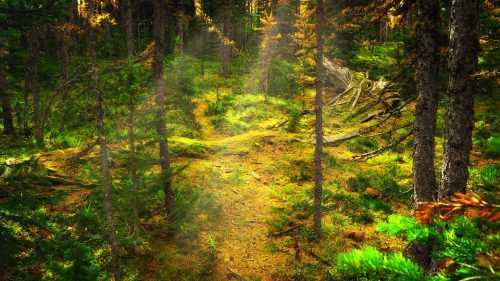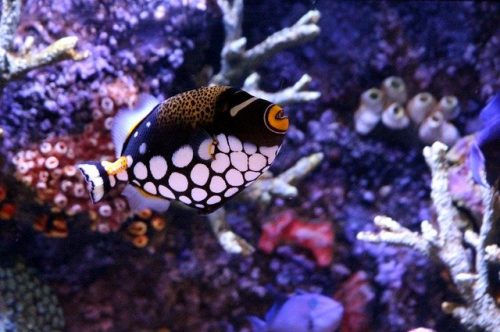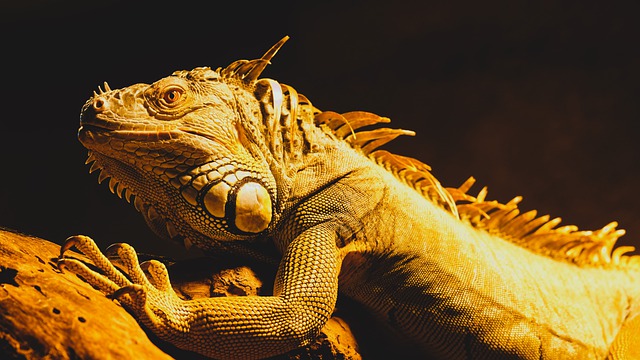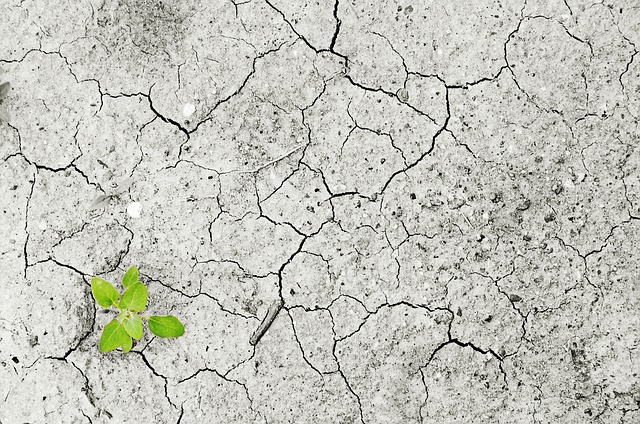What Is Biodiversity?
Biodiversity is everywhere around us. It is the variety of all forms of life surrounding us including flora, fauna and tiny microorganism that interact with the biotic and abiotic components of the environment. Each animal species is diverse within its own family from which it has evolved and so is every plant, flower and bacteria.
What Are The Factors That Affect Measurement Of Biodiversity?
Components that influence biodiversity are species richness and species evenness.
1. Species richness indicates how many of the species are concentrated in that area-basically the species abundance.
2. Species evenness demonstrates how evenly they are spread over the area- i.e. distribution of the species.
For measuring biodiversity, the first and foremost thing is to know the target species, its taxonomy and classification.
You might also be interested in: Methods and Importance of Managing Biodiversity
How Can We Measure Plant Biodiversity?
1. Biodiversity Index: Species evenness and species richness together make up the biodiversity index that helps us measure the plant and animal biodiversity in an area.
Biodiversity index is determined by dividing the total number of species present in an ecosystem with the number of individual organisms. For instance if there are 5 plant/animal species in an area, we will divide 5 with the total number of individual organisms, say, 25 individuals, in the ecosystem. Then,
Biodiversity index= No. of species / No. of individual organisms of those species
So, we would have 5/25 and our biodiversity index would be 0.2. The highest biodiversity index is 1 and the closer our value to 1, the higher the biodiversity in that area.
2. Endemic Assessment of Species: One of the methods of assessing the biodiversity of plants in a region is to assess what species or how many plants are endemic (that is, plants native only to that place) in the region and accounting for them. This method could be applicable for regions like Australia and Japan which are known to have endemic populations of flora and fauna.
You may also be interested in: Endemic or Native Plant Species of Pakistan

3. Ecosystem Assessment: Another way is to assess the number of ecosystems present in a region where biodiversity needs to be measured. The presence of a unique species of plant would have created a unique ecosystem around it and therefore measurement of those ecosystems can be the first step of calculating the biodiversity of that region.
4. Quadrat method: Also known as Transect method. It is a common way of measuring not just plant biodiversity in the region but of all organisms including animals is that of using the Quadrat method. This method involves setting fixed intervals and drawing a transact line. Then, the Quadrat- which is a rectangular frame, is placed on the vegetation area and data of how many species and what type can be collected from there and recorded. However, this is a time consuming method and has its limitations which is why its preferable for mostly measuring plant biodiversity particularly vascular plants.
Also check out: Biodiversity Loss- Causes, Effects and Solutions
How Can We Measure Animal Biodiversity?
Some methods and techniques include:
1. Biodiversity index and Quadrat method, which are same as that used for measuring plant biodiversity which have been discussed above.
2. Netting: this is a method for accounting the number of animal, fish or reptile species that can be captured using fine nets. They are counted, tagged so as not to capture the same animal again and then let go. Similar to Netting, we also use Plankton nets, drag nets and deep nets the latter of these is used to collect benthic species– animals that live on the sea floor.

3. Canopy fogging: this is used for insects and uses a sheet or plastic material that can act as a canopy underneath the tree. The tree is then sprayed with a sedative and we wait until it takes effect and the sedated insects fall on the erected canopy and can be collected and quantified. It is similar to the Entomological umbrella technique where an umbrella is placed underneath a tree and it is shaken so that all insects present fall, can be counted and released back.
4. Other capture and release methods like Animal trapping, sampling adhesive tubes that are used to collect hair of rodent and animals and then lets them go. Ranking and Marking is used for birds where they are captured and released after marking to prevent duplicity in measurement.
5. Howling and Calls are used for specific species such as for wolf. In this case a howl is sent out and the returning howls can help us count how many wolfs are present in the vicinity. Additionally, for birds of prey we use Pellets and Bones as an indirect method to identify bird species that otherwise would not be spotted directly. Photo trapping which uses cameras in a remote way to capture pictures of animals is another way of measuring species that live in a place.
Biodiversity quantification is extremely important in order to have an idea of how much of how many species we have on Earth. As every organism plays its vital part in the food web as well as the ecosystem; being unaware of the loss or addition of even a single species can cause problems in the long run including disruption of food cycles and collapse of entire ecosystems.
You might also like: Conservation of Biodiversity- Importance and Methods
We hope you liked this post! Please comment below if you have any suggestions, comments or feedbacks! We at #envpk love hearing from readers! Thanks.




